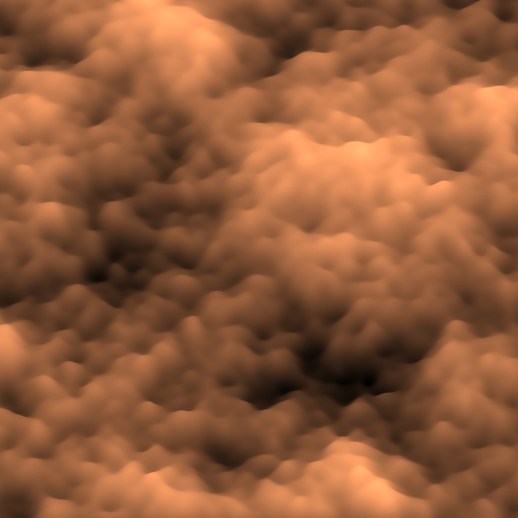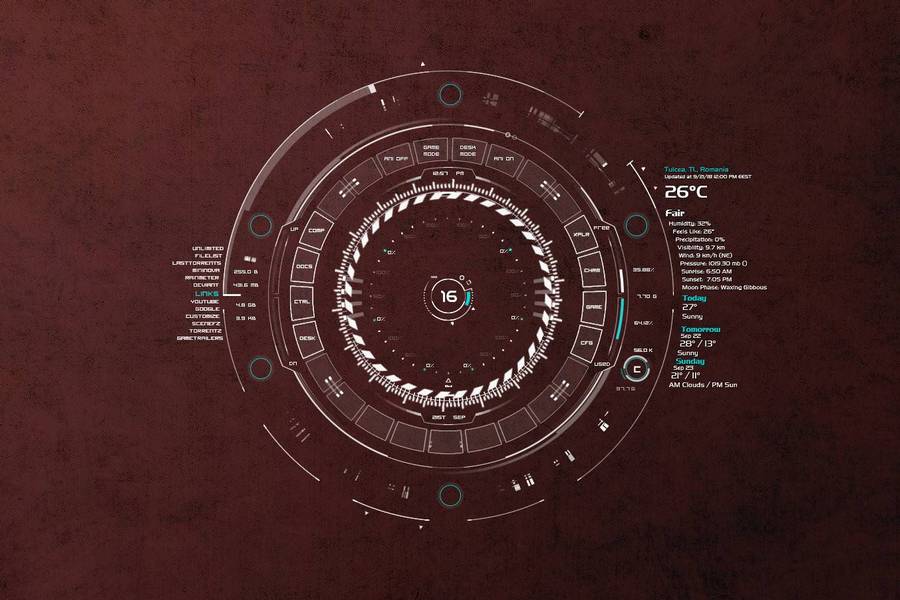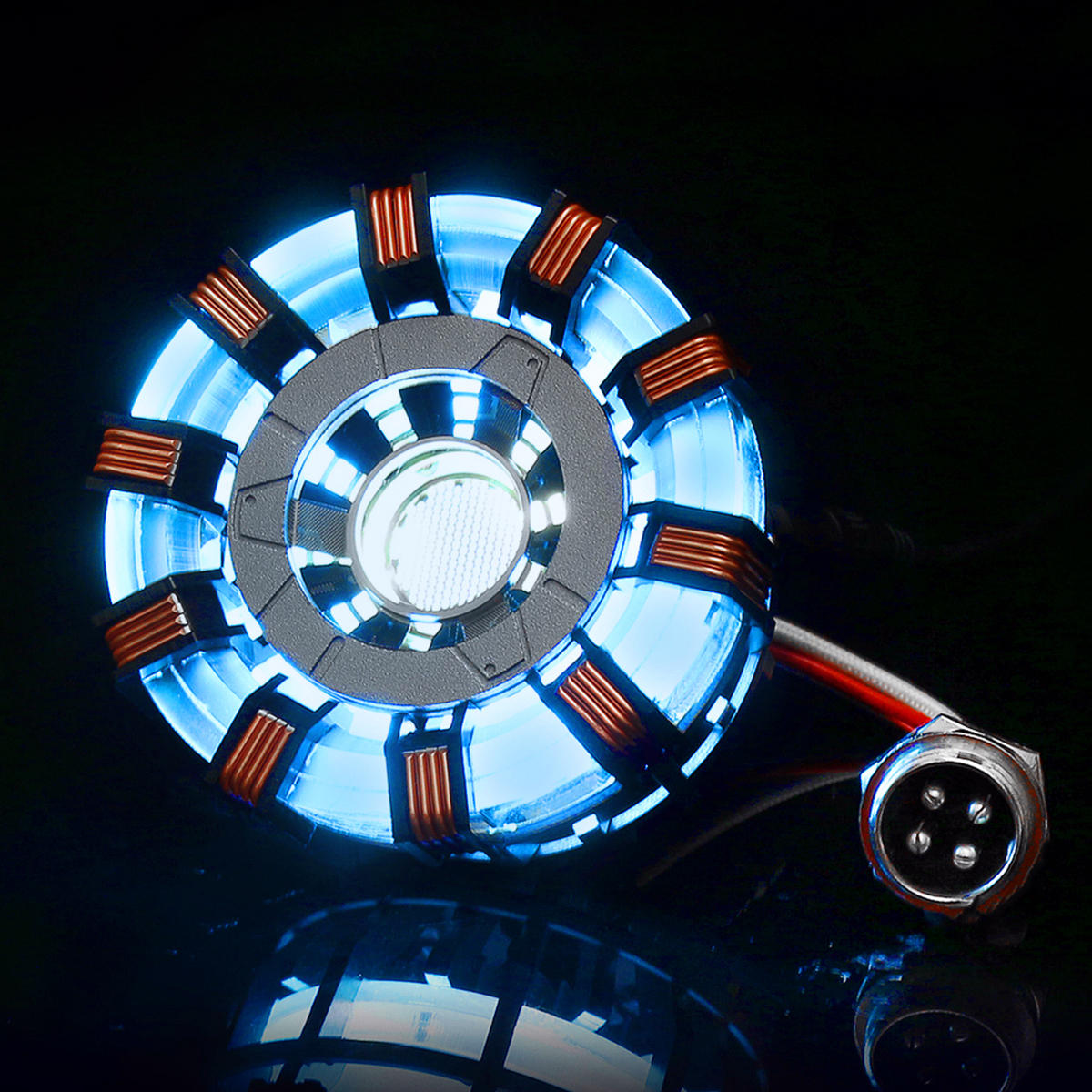For this week’s project, I garnered inspiration from my current home desk set up, where you can often find my air pods, succulent, and phone playing music.
sketchDownload
function setup() {
createCanvas(480, 380);
background(244, 212, 212);
}
function draw() {
var yr = year();
var h = hour();
var m = minute();
var s = second();
background(244, 212, 212);
fill(255);
noStroke();
rect(50, 40, 160, 305, 20);
stroke(0);
strokeWeight(0.2);
fill(235);
rect(57, 75, 147, 230);
if (h == 0 || h == 1 || h == 2 || h == 3 || h == 4 || h == 5 || h == 24) {
noStroke();
fill(51, 83, 135);
rect(77, 92, 105, 105);
fill(180);
ellipse(140, 130, 35, 35);
fill(130);
ellipse(150, 132, 7, 7);
ellipse(130, 130, 5, 5);
ellipse(143, 121, 6, 6);
ellipse(137, 139, 3, 3);
fill(255);
ellipse(100, 110, 2, 10);
ellipse(100, 110, 10, 2);
ellipse(115, 150, 2, 8);
ellipse(115, 150, 8, 2);
ellipse(90, 160, 2, 12);
ellipse(90, 160, 12, 2);
ellipse(160, 100, 1, 7);
ellipse(160, 100, 7, 1);
ellipse(170, 155, 1, 7);
ellipse(170, 155, 7, 1);
ellipse(160, 175, 10, 10);
ellipse(150, 170, 17, 17);
ellipse(141, 173, 7, 7);
ellipse(135, 175, 9, 9);
rect(130, 171, 35, 10, 5);
ellipse(110, 185, 8, 8);
ellipse(105, 183, 5, 5);
ellipse(101, 182, 7, 7);
ellipse(97, 185, 6, 6);
rect(93, 183, 20, 7, 4);
} else if (h == 6 || h == 7 || h == 8 || h == 9 || h == 10 || h == 11) {
noStroke();
fill(255, 220, 131);
rect(77, 92, 105, 105);
fill(247, 167, 107, 100);
ellipse(115 , 160, 45, 45);
ellipse(115 , 160, 35, 35);
fill(247, 167, 107);
ellipse(115, 160, 25, 25);
fill(255);
ellipse(165, 125, 10, 10);
ellipse(155, 120, 17, 17);
ellipse(146, 123, 7, 7);
ellipse(140, 125, 9, 9);
rect(135, 121, 35, 10, 5);
ellipse(170, 175, 8, 8);
ellipse(165, 173, 5, 5);
ellipse(161, 172, 7, 7);
ellipse(157, 175, 6, 6);
rect(153, 173, 20, 7, 4);
ellipse(100, 108, 12, 12);
ellipse(92, 112, 9, 9);
ellipse(108, 110, 7, 7);
ellipse(115, 110, 10, 10);
rect(87, 111, 35, 7, 4);
} else if (h == 12 || h == 13 || h == 14 || h == 15 || h == 16 || h == 17) {
noStroke();
fill(179, 227, 250);
rect(77, 92, 105, 105);
fill(255, 220, 131, 100);
ellipse(130, 120, 45, 45);
ellipse(130, 120, 35, 35);
fill(255, 220, 131);
ellipse(130, 120, 25, 25);
fill(255);
ellipse(100, 178, 12, 12);
ellipse(92, 182, 9, 9);
ellipse(108, 180, 7, 7);
ellipse(115, 180, 10, 10);
rect(87, 181, 35, 7, 4);
ellipse(170, 165, 10, 10);
ellipse(160, 160, 17, 17);
ellipse(151, 163, 7, 7);
ellipse(145, 165, 9, 9);
rect(140, 161, 35, 10, 5);
} else {
noStroke();
fill(108, 100, 173);
rect(77, 92, 105, 105);
fill(221, 216, 114, 100);
ellipse(150, 160, 40, 40);
ellipse(150, 160, 30, 30);
fill(221, 216, 114);
ellipse(150, 160, 20, 20);
fill(255);
ellipse(165, 115, 10, 10);
ellipse(155, 110, 17, 17);
ellipse(146, 113, 7, 7);
ellipse(140, 115, 9, 9);
rect(134, 111, 35, 10, 5);
ellipse(110, 135, 8, 8);
ellipse(105, 133, 5, 5);
ellipse(101, 132, 7, 7);
ellipse(97, 135, 6, 6);
rect(93, 133, 20, 7, 4);s
ellipse(100, 178, 12, 12);
ellipse(92, 182, 9, 9);
ellipse(108, 180, 7, 7);
ellipse(115, 180, 10, 10);
rect(87, 181, 35, 7, 4);
ellipse(115, 155, 2, 8);
ellipse(115, 155, 8, 2);
ellipse(100, 110, 2, 12);
ellipse(100, 110, 12, 2);
ellipse(140, 131, 1, 7);
ellipse(140, 131, 7, 1);
}
stroke(0);
strokeWeight(1);
line(67, 215, 194, 215);
fill(255);
var mMapped = map(m, 1, 60, 67, 194);
strokeWeight(.5);
ellipse(mMapped, 215, 10, 10);
strokeWeight(1);
line(67, 285, 194, 285);
var sMapped = map(s, 1, 60, 67, 194);
strokeWeight(.5);
ellipse(sMapped, 285, 15, 15)
textSize(10);
fill(0);
text(yr + ' ~', 118, 235);
noStroke();
fill(0);
rect(125, 250, 3, 13); rect(132, 250, 3, 13);
triangle(150, 250, 150, 263, 163, 257); triangle(156, 250, 156, 263, 168, 257);
triangle(104, 250, 104, 263, 92, 257); triangle(110, 250, 110, 263, 97, 257);
rect(115, 58, 30, 3);
ellipse(105, 60, 6, 6); ellipse(130, 50, 4, 4);
noFill(); stroke(0);
strokeWeight(.5);
ellipse(130, 325, 25, 25);
fill(216, 186, 117);
noStroke();
circle(360, 285, 125, 125);
fill(140, 122, 84);
circle(360, 285, 100, 100);
if (h < 24 & h > 12) {
h -= 12;
}
if (h == 0) {
h = 12;
}
for (var i = 0; i < h; i++) {
push();
translate(360, 285);
rotate(radians(45*i));
fill(139, 196, 118);
ellipse(0, 30, 25, 80);
pop();
}
for (var i = 8; i < h; i++) {
push();
translate(360, 285);
rotate(radians(90*i));
fill(174, 215, 152);
ellipse(0, 20, 15, 50);
pop();
}
fill(255);
push();
rotate(radians(-20));
rect(230, 160, 100, 107, 20);
pop();
strokeWeight(1);
stroke(175);
line(280, 100, 375, 65);
fill(255);
noStroke();
ellipse(435, 60, 30, 30);
push();
rotate(radians(30));
rect(410, -170, 11, 45, 7);
fill(175);
ellipse(415, -128, 12, 8);
fill(0);
ellipse(404, -165, 10, 4);
ellipse(396, -165, 3, 4);
pop();
noStroke();
ellipse(265, 180, 30, 30);
push();
rotate(radians(-30));
rect(125, 285, 11, 45, 7);
fill(175);
ellipse(130, 325, 12, 9);
fill(0);
ellipse(142, 287, 10, 4);
ellipse(150, 287, 3, 4);
pop();
}
For the hour, I decided to use the number of leaves of the succulent to indicate the hour between 1 and 12. However, since there were only 12 leaves, and not 24, I gave context clues as to whether it was the am or pm of that hour using the picture on the phone.
Additionally, the phone indicates the year in text, and shows passage of minutes using the the top line and circular marker and passage of seconds using the bottom line and circular marker.
![[OLD FALL 2020] 15-104 • Introduction to Computing for Creative Practice](../../../../wp-content/uploads/2021/09/stop-banner.png)











